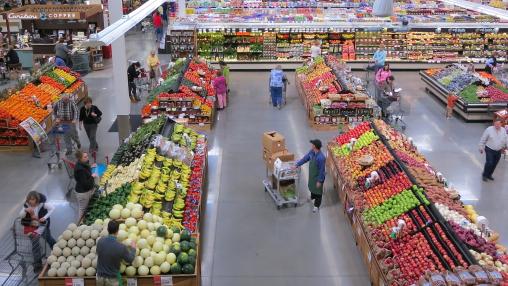
Policy seminars: As global food prices rise, important new data addresses the affordability of healthy diets
High food price inflation—driven by disruptions from the COVID-19 pandemic, climate shocks, and the war in Ukraine—has made the affordability of food and food insecurity top global concerns. Even before the current rise in prices, 3.1 billion people, about 40% of the global population, could not afford a healthy diet, according to the United Nation’s 2022 State of Food Security and Nutrition in the World (SOFI) report.
What will happen to Ukrainian grains? An overview of the current situation, available options and likely impacts on food prices and food security
The inability of Ukraine to export from its Black Sea ports has sharply reduced grain shipments from one of the breadbaskets of the world, sending shockwaves through international food markets and sparking global food security concerns. While some grain has moved out of the country on alternative routes, export volumes are less than half of their normal levels, and the costs of shipping have increased significantly.
Addressing the global food security crisis: Strengthening research and policy responses
Russia's invasion of Ukraine has further increased food and input prices at the global level, with the strongest impacts felt by the poorest in Africa, the Middle East, and Asia-Pacific. The World Food Program projects that the conflict could put an additional 47 million people at risk of acute hunger worldwide. The impacts of this crisis are unfolding as countries cope with the ongoing COVID-19 pandemic, more frequent and damaging extreme weather events caused by climate change, and other conflicts.
Increasing Food Security Through Safe, Nutritious Diets
Globally, conflict and climate change threaten advances made to reduce hunger. Without safe food, we are not able to properly address food security issues. In the context of the looming food security crisis, we must remain focused on food safety priorities. This webinar will explore the links between food safety programming and impacts on availability, access, and affordability of safe and nutritious food. Moreover, the webinar will focus on evidence-driven decision making and strategic investments to prioritize food safety to improve food security.
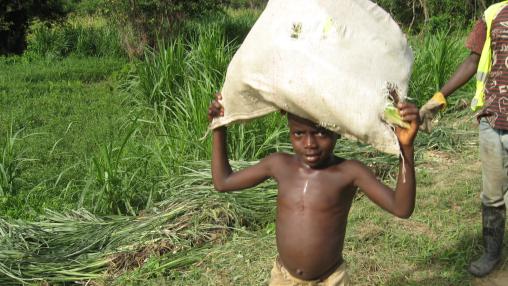
Can the G7 be a force for good in the current global food security crisis?
The Group of Seven wealthy nations (G7), currently led by the German presidency, has put a welcome focus on the global food insecurity and nutrition crisis unleashed by the war in Ukraine, with the most severe impacts falling on vulnerable populations in low- and middle-income countries (LMICs). The two May G7 meetings produced four separate communiqués, each of them dozens of pages long (the development ministers communiqué alone was 23 pages!) and a G7-led Global Alliance for Food Security was announced.
CGIAR Knowledge and Innovation to end hunger by 2030
“CGIAR Knowledge and Innovation to End Hunger by 2030 - Transforming food, land and water systems to ensure food and nutrition security in a climate crisis,” is a virtual event that will highlight CGIAR’s climate-focused Initiatives and help jumpstart the creation and development of new Agriculture Innovation Mission for Climate (AIM4C) Innovation Sprints, highlighting examples of work that can be scaled up with more partnerships/funding.
Find the agenda here.
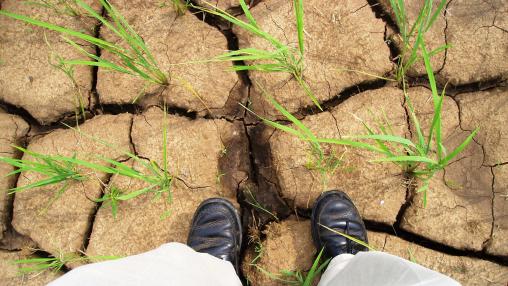
IFPRI Global Food Policy Report 2022: Accelerating food systems transformation to combat climate change
In 2021, the United Nations Intergovernmental Panel on Climate Change sounded the alarm on a looming crisis: Climate change is generating a “code red for humanity” that requires urgent action. Food systems are deeply entwined with this crisis. In many regions, especially in the developing world, climate change has already started to reduce agricultural productivity and disrupt supply chains, putting pressure on livelihoods and threatening to significantly increase hunger and malnutrition, making adaptation efforts crucially important.
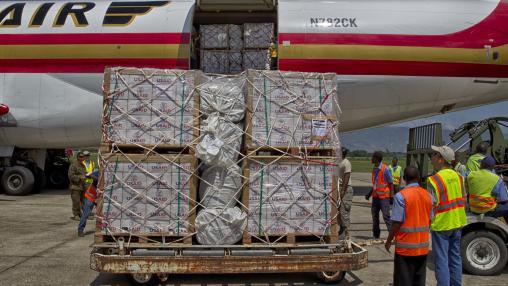
One of the world’s worst economic collapses, now compounded by the Ukraine crisis: What’s next for Lebanon?
High food prices and supply disruptions triggered by the Ukraine war are hitting Middle Eastern and North African (MENA) countries like Egypt, Sudan, and Yemen hard, partly due their heavy dependence on wheat imports. But in the region, Lebanon—already in the midst of one of the world’s worst economic collapses since the 1850s—is uniquely vulnerable to food security impacts from the Russia-Ukraine conflict.
A recent World Bank report calls Lebanon’s current crisis “The Great Denial”—referring to an ongoing breakdown of government services, civil society, and the economy.
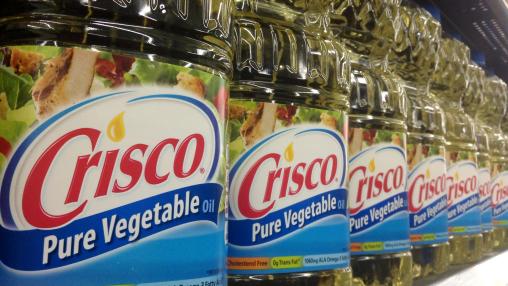
The impact of the Ukraine crisis on the global vegetable oil market
The war in Ukraine has pushed prices of agricultural products to historically high levels, and concerns about global food security occupy headlines and world leaders’ minds, as demonstrated by recent IMF and World Bank meetings. So far, much of the attention has focused on grains, particularly wheat—because of its importance in diets, and the predicament of countries where wheat accounts for a large share of calories consumed, is largely imported, and is dominated by supplies from the Black Sea.

High fertilizer prices contribute to rising global food security concerns
Like people, plants need a multitude of nutrients to thrive. These are categorized into micronutrients, such as zinc and iron; secondary macronutrients; such as calcium and magnesium; and three primary macronutrients: nitrogen (N), phosphorus (P), and potassium (K). Mineral fertilizers provide higher and more plant accessible nutrients, while organic minerals importantly also provide carbon, which contributes to healthy soils.